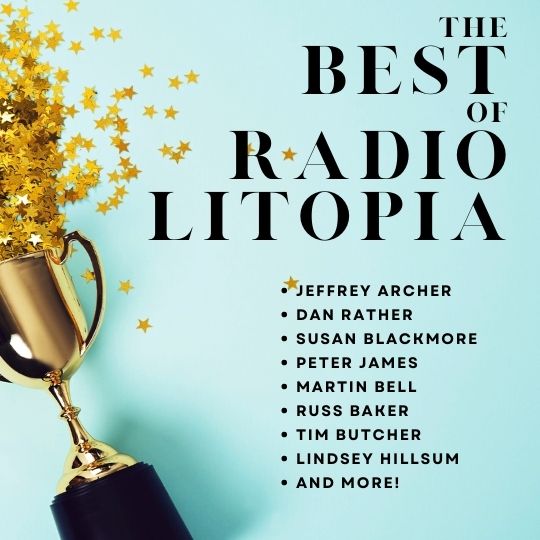Like a BISAC code, age ranges suitable for the book is one choice. It's either adult or not, and can't be split into two. There is no benefit to publishing the same book that way - even if you use a second ISBN (especially if it's not a different format). And readers always read out of the range, anyway. It's not something they see, just what's used to 'place' the book in the appropriate 'level'.
It's not a market or related to marketing, but a statement of suitability. Is it suitable for children? If yes, what age range? If no, it's an adult book. There is no crossover or doubling- up for that item in publishing, only the reader can choose to read 'out of scope' of the specified age-ranges. Unlike genre, which can have two or three settings (but always a main genre).
Double-publishing a book that isn't a different format is related to scamming, in the views of the aggregators, and they won't do it.
This isn't legal advice, or even publishing advice, but it's common knowledge. If you can find a book that has a particular BISCAC code (the one you use for your book/story) and publishes to more than one age-range, you'll be the only person in the world to find a needle in a haystack (and likely a scammer).
Maybe the question should be: What is the right audience for this story? Who represents this audience? Did I aim it at that audience, specifically?
Just an opinion, but it's worth checking out the rules for BISAC as well, and seeing why they do it.



